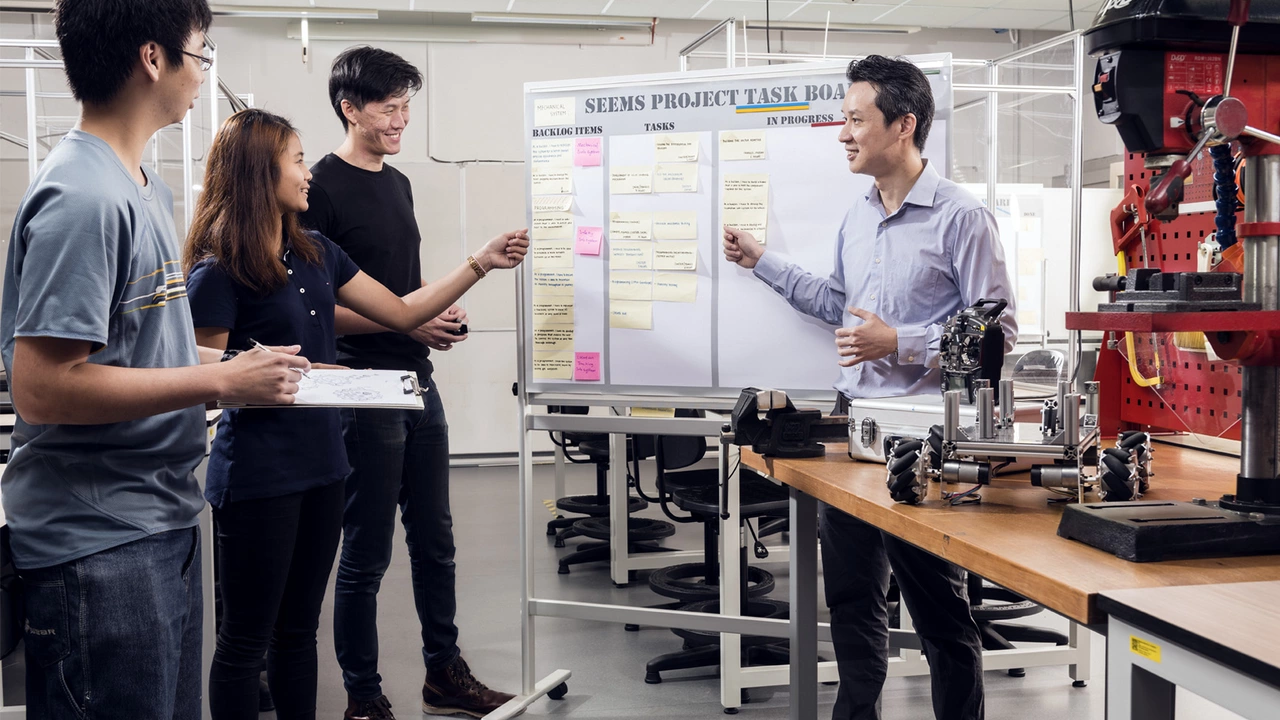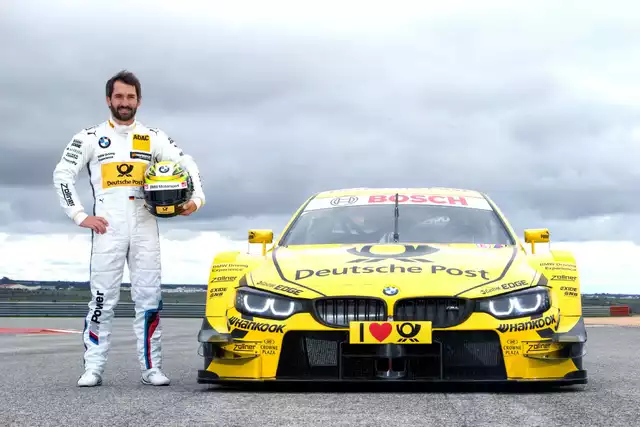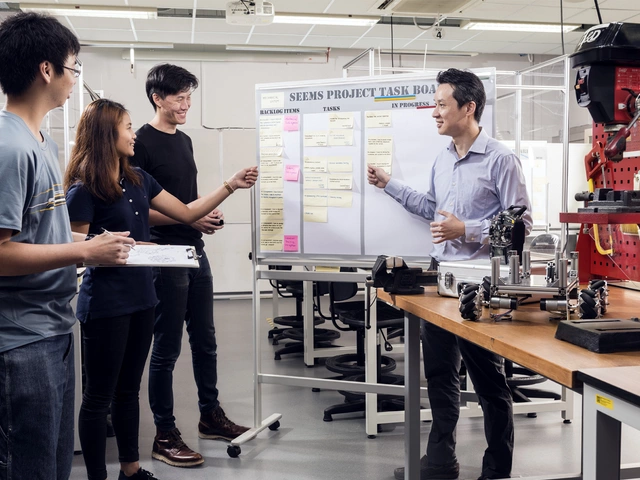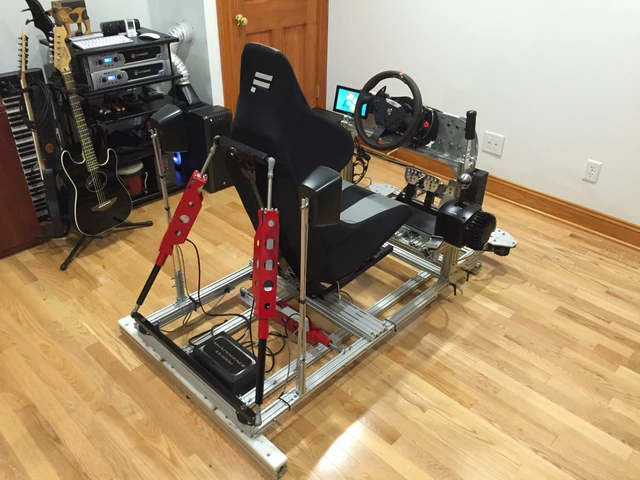Automotive Engineering: How Cars Are Built for Speed and Reliability
Ever wonder what makes a Subaru rally car zip through mud and snow while staying road‑legal? It’s all down to automotive engineering – the mix of design, testing, and rules that shape every part of a vehicle. In this guide we’ll break down the basics, show how Subaru applies them on the track, and give you a few hands‑on ideas you can try at home.
Core Principles Every Engineer Uses
First up, the engine. Engineers pick a layout (flat‑four, V‑six, etc.) that balances power and weight. Subaru loves the boxer engine because it sits low and keeps the centre of gravity down – perfect for cornering. Next, the chassis. A stiff frame lets the suspension do its job without flexing, which translates to better grip. Materials matter too; carbon‑fiber panels shave kilos off a car, while high‑strength steel keeps the safety cage strong.
Suspension geometry is another big piece. The angles of the arms, the travel of the shocks, and the spring rates all decide how the car reacts to bumps and turns. Engineers use computer‑aided design (CAD) and wind‑tunnel data to fine‑tune these settings before a single bolt is tightened. The end goal is simple: get the most speed out of the least amount of fuel while keeping the driver safe.
Subaru’s Engineering Edge in Motorsport
Subaru’s rally success didn’t happen by accident. The brand follows homologation rules – a set of regulations that require race cars to be based on production models you could buy at a dealership. This keeps costs in check and ensures that any tech we see on the rally stage eventually trickles down to the road‑going Impreza or WRX.
Take the Symmetrical All‑Wheel Drive system. By placing the drivetrain in the centre, Subaru improves balance and traction, especially on loose surfaces. Engineers paired that with a turbocharged boxer engine that delivers torque low in the rev range – a combo that’s perfect for quick exits out of tight corners. The result? Consistent lap times and a reputation for reliability that even the toughest rally stages can’t break.
Want to feel a slice of that engineering at home? Building a racing simulator is a fun DIY project. You only need a decent gaming PC, a force‑feedback wheel, and a set of pedals. Add a racing seat and a VR headset for immersion, and you’ve got a training tool that lets you practice throttle control, braking points, and the perfect racing line without ever leaving your garage.
Understanding the racing line is key for any driver. It’s the fastest path through a corner – enter wide, clip the apex, and exit wide. This technique reduces tire wear and keeps the car stable. Most engineering software will map the optimal line for you, but the real skill comes from feeling the car’s feedback and adjusting on the fly.
If you’re dreaming of a career in motorsport, know that the path isn’t always paved with gold. Rookie drivers often start with modest salaries, around $50,000, while top F1 stars can earn tens of millions. The biggest boost usually comes from sponsorships – get a local business to put their logo on your car, and you’ll cover a chunk of the costs. Look for racing schools, community track days, or even volunteer at events to build contacts.
Bottom line: automotive engineering is the glue that holds performance, safety, and legality together. Whether you’re watching a Subaru dominate a rally stage, building a sim rig, or eyeing a spot on the grid, the same principles apply – good design, smart testing, and a clear set of rules. Keep learning, stay curious, and you’ll see how each bolt and byte contributes to the thrill of speed.

Which is the best university in UK for Automotive engineering?
Revving your engines up for a career in automotive engineering, huh? Well, buckle up, because the University of Bath is where you should set your GPS! It's the Lewis Hamilton of UK universities for Automotive Engineering, consistently grabbing pole position in university rankings. With a pit crew of world-renowned faculty and cutting-edge facilities, you'll be lapping the competition in no time. So, if you've got the drive and the ambition, the University of Bath is your fast lane to success!
CONTINUE READING



